European River Cruise: Direction, Upstream or Downstream
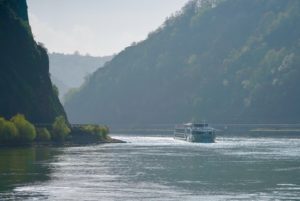 When considering a European river cruise, does direction matter? Should you go upstream or downstream?
When considering a European river cruise, does direction matter? Should you go upstream or downstream?
We get this question all of the time. And, until our recent river cruise with AmaWaterways on the Rhine River, I didn’t have a strong opinion, one way or the other.
However, I now feel that there are a few things to consider when deciding which direction to take when considering your European river cruise.
I wouldn’t say that these are make or break for one direction or the other, but it might sway your decision one way or the other.
The River Rhine has a strong current that generally runs 10mph +/- from Switzerland down to the North Sea. The Rhine’s name comes from the Celtic word renos, meaning raging flow.
Now, please know that this strong current is not perceptible as you’re sailing the river, but it does lend to a few things to consider:
- If you’re sailing against the current, the ship’s engines are going to be working hard to combat the current and you’ll get a little more vibration on the ship from the engines. This vibration isn’t enough to create an unpleasant experience, but it will be noticeable when you lay your head on the pillow at night. And, the closer you are to the engines, the more perceptible the vibration is likely to be. We were on the top deck and while we never felt any water movement, you could feel the vibration of the engines. Again, not enough to bother our sleep, but it was noticeable.
- Secondly, the current creates time considerations for the cruise line, and subsequently, your shore excursions. If you’re fighting a 10mph upstream current then it is going to take you longer to reach your destination, or the ship’s engines will have to work harder. Alternatively, if you’re sailing downstream, with a 10mph current, then you’re either going to really boogie down the river, OR, the captain can practically coast the ship downstream. It you’re a total geek about these things, you can go to marinetraffic.com and actually see the ships live on the river as well as their current speeds. If you go to that link and hover your mouse over the individual ships, you’ll see that the ships going upstream on the Rhine are sailing at roughly 5 knots where the ships sailing downstream are sailing at generally 10 knots. So, the downstream is faster and smoother. As you consider this, you should know that the captain isn’t going to flash you by all of the castles if you’re flowing downstream, he’ll just be able to smoothly coast by.
- Lastly, because the cruise lines know that you want to spend time in each of the cities, most of the sailing will be done at night. But, depending on your itinerary, and the distances that you’ll be traveling between ports, you just might find yourself enjoying greater sailing times if you’re going upstream.
When I asked our cruise director about all of this, he said that sometimes, flowing downstream allows them to have a little more time in port. However, if you’re one inclined to want more actual sailing time, then you might want to consider the upstream route.
In closing, I wouldn’t make a big deal out of this, but Carol and I did notice that we spent quite a bit more time sailing on this particular cruise then we have experienced in the past. Some of this was the itinerary and some of this was fighting against the current. I enjoyed the additional relaxing time sailing, where Carol would have preferred to spend more time in port.
Again, don’t go crazy with all of this. The ship is capable of fighting the currents and getting you to your destinations on time. It’s just that the ship will have to work harder to get you there if you’re going upstream. Make sense?
To learn more about AmaWaterways, CLICK HERE.
If you enjoyed this article, sign up for our travel newsletter to keep abreast of our best travel tips, on-location reviews, exclusive travel offers, group travel events, and much more.

 The Roaming Boomers
The Roaming Boomers
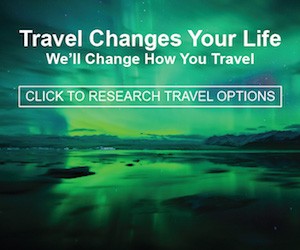
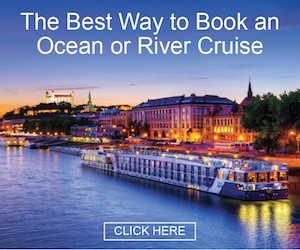
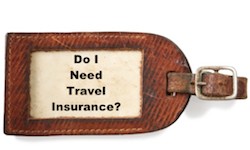
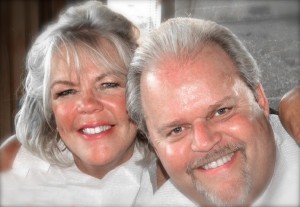
I have also been the time of year you travel can be important. If the water is too high you can’t get under some bridges. Too low and navigation becomes a problem. I would like to know what time period ( on the average ) is the best time to travel to avoid these problems.
Hi Rand,
Your question can be a difficult one to answer as each river possesses its own unique geography and subsequently its own potential weather and potential water level issues. We’ve tried our best to answer this question with this article: https://www.theroamingboomers.com/best-time-of-year-for-a-european-river-cruise/
While our Rhine River cruise in April was absolutely spectacular, we’ve had clients in past years experience problems here and there during the month of April.
I’m afraid that isn’t much help, but it’s the best we’ve got. 😀